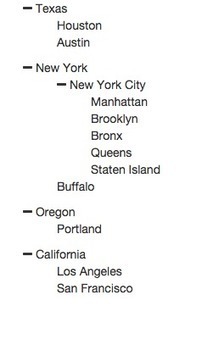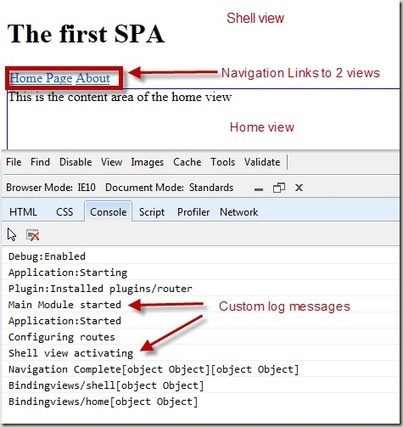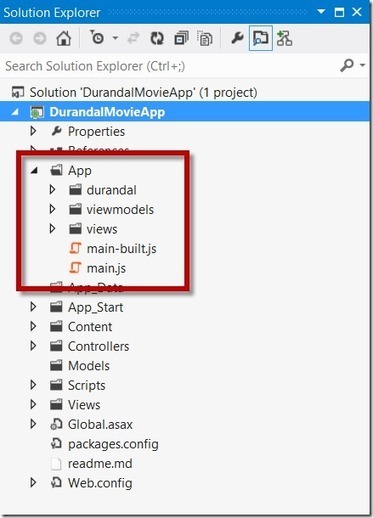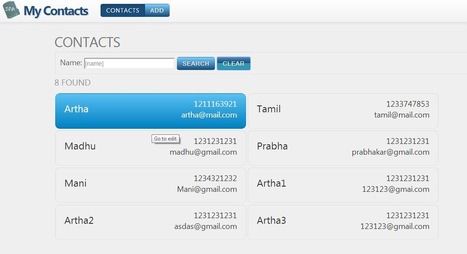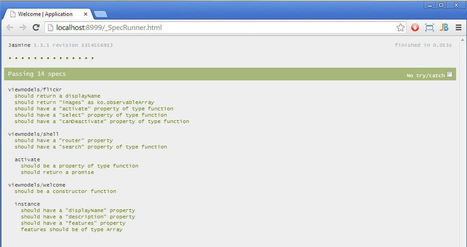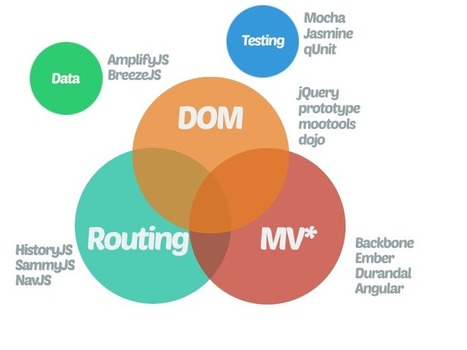There seems to be a community forming behind Aurelia, so I figured I'd give it a try and build something of manageable complexity. I landed on a treeview component since it requires me to touch upon several of the different binding types in addition to recursive templates. The treeview supports recursive rendering of a few U.S. states with cities and boroughs. There is also support for expand/collapse of nodes with children.
Aurelia is a modern framework, with support for ES6 out of the box, which requires some setup to get transpiling and the rest of the development environment up and running. In order to simplify the process I recommend downloading the provided skeleton project and use it as a baseline. Aurelia is still a new framework, but the documentation on their website is already impressive and answered most of my questions.




 Your new post is loading...
Your new post is loading...
